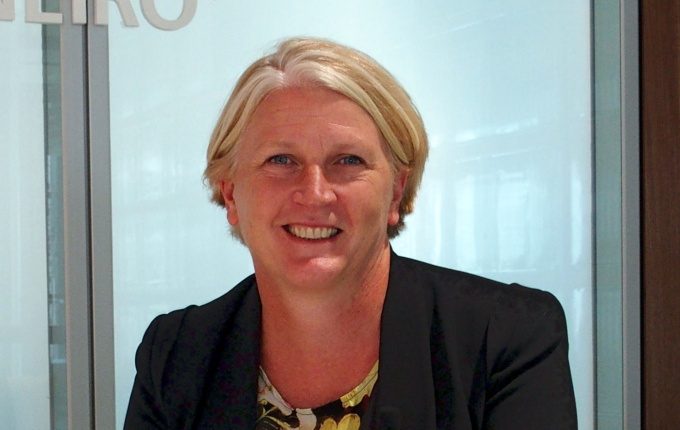Today’s uncertain and low return investment environment has made it much more difficult for insurance companies to match assets with liabilities in their investment portfolios.
Although the initial response to this challenge is often to increase risk in the portfolio, and thereby hopefully return, not all insurance companies are able to do this easily.
Stephanie Weston, former Director of Investment Management, AMP Financial Services said a better way to design more efficient portfolios might be to divide them into separate tranches, each with their own risk and return objectives.
“When you are working in this kind of environment, where the difference between having an asset and liability mismatch or not has become so tight that you need to squeeze every drop of advantage out of that asset portfolio, being able to show your fiduciaries and stakeholders that you understand that risk and managing that as a key concern is very important,” she said at an Investment Innovation Institute [i3] luncheon in Sydney last month.
“Having dealt with a lot of boards and investment committees in the past, the concept that we’re managing the portfolio against the worst that can possibly happen is incredibly appealing to a CEO, the investment committee or a board,” Weston, who is also a member of AustralianSuper’s investment committee, said.
“For a typical insurer some of the typical risks that you might be looking at are: ‘I know I have to make my cash flow needs in the next 12 months. I know that the regulator wants to see this amount of cash. I know I have a dividend payment coming up. So there are very distinct cash flows that we can be precise about. The assets that you can hold against those can likewise be quite precise,” she said.

There are very distinct cash flows that we can be precise about. The assets that you can hold against those can likewise be quite precise.
Weston proposed to divide a portfolio in short, medium and long-term tranches, each with their own risk and return objectives.
“The liabilities over the next 12 months, I can nail them very closely. I would have told my shareholders the dividend that I’m going to pay them. I know what my short-term liabilities are likely to be. I can put together a portfolio that matches that in terms of cash and short-term instruments,” she said.
In the medium term portfolio, insurance investment teams could look at using option strategies to offset some of the incremental risk taken there.
“You could use some option protection in combination with higher growth assets in trying to ramp that return up a little bit,” she said.
“But certainly, with the instruments that you put in that part of the portfolio, you need to be mindful of where in your liabilities the worst case scenarios are likely to happen. So if your liability profile is heavily influenced by GDP outcomes and unemployment, then you want to make sure that the assets are investments that will respond similarly.
“Now, we know that we are not going to get that completely right, but if we do a lot of work in terms of thoughtful analysis of correlations, then I think we can do a better job in designing that piece,” she said.
Finally, there is the long-term tranche of the portfolio, which usually looks at objectives over a four-year period and longer.
“In the residual [part of the portfolio], you want to deliver maximum return, but you are going to be subject to possibly some liquidity constraints. You also want to be sure of the influence of inflation and link it to real return outcomes and you need to be thoughtful about what your shareholders’ expectations are in terms of the return that you deliver and the link with the long-term liabilities.”
In order for this to be implemented efficiently, there needs to be a clear dialogue between the actuarial department and the investment team, she said.
“My observation, having worked with insurers, is that there is a communication gap between people that are predicting the liabilities and people that are putting together the portfolio to offset those liabilities,” she said.
“That was fine when yields were easy to get, but that is not the case anymore.”
“The conversations need to be had between the people that understand the liabilities and the people that are managing the portfolios and the risk associated with those. The more we can bring that together the better off we are going to be,” she said.
See the photo gallery of the [i3] Luncheon series of 2016.
__________
[i3] Insights is the official educational bulletin of the Investment Innovation Institute [i3]. It covers major trends and innovations in institutional investing, providing independent and thought-provoking content about pension funds, insurance companies and sovereign wealth funds across the globe.

